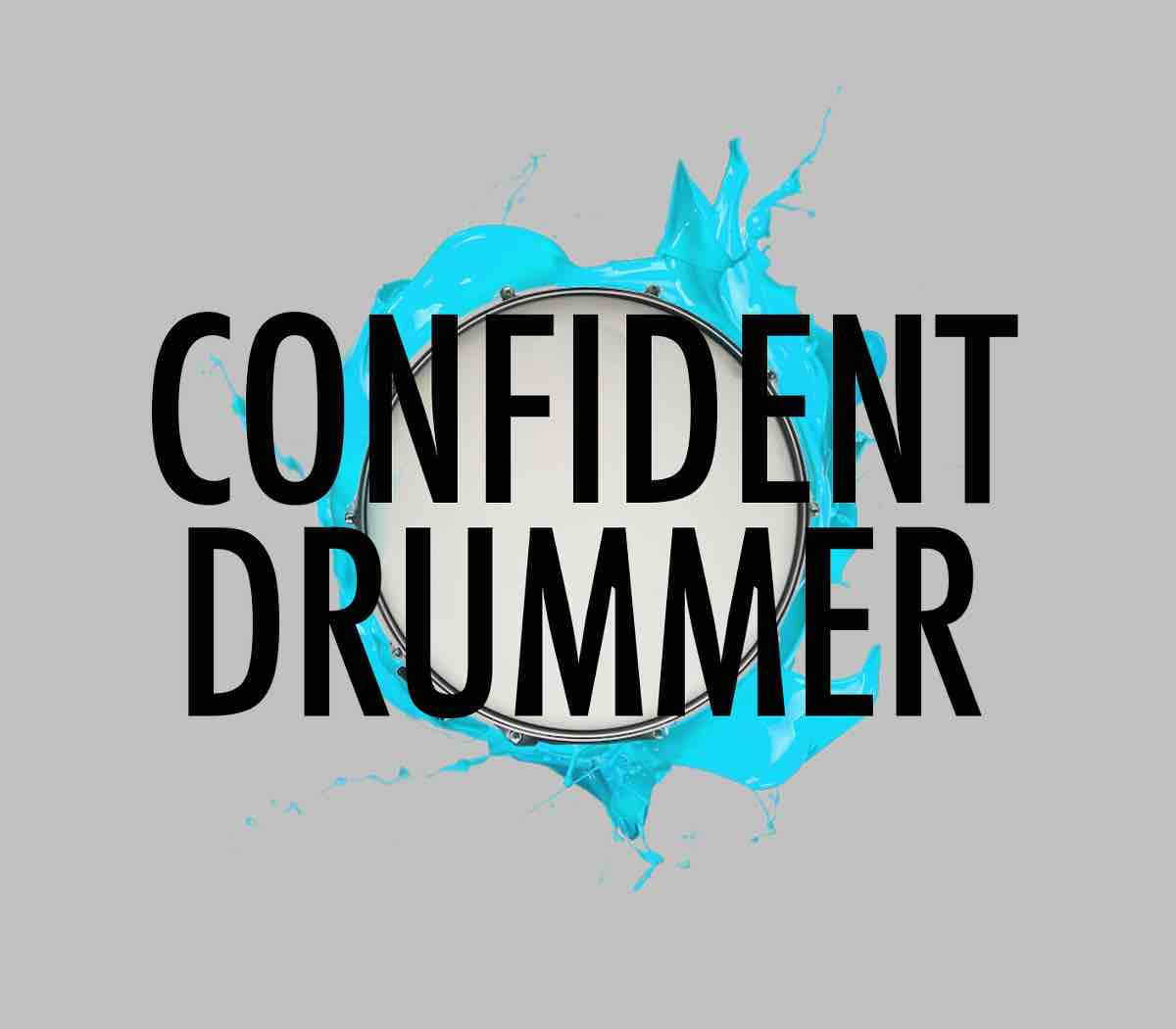Active listening is that part of our practice time that is spent listening to music consciously, staying fully concentrated and paying attention to details, in order to improve our musicianship.
I often say that music is actually learned and played by ear. It took me a long time to figure this out, as it came to me after many years of systematic and disciplined study of all drum theory and dozens of drumming techniques.
At a certain point I had this realization, and it became obvious that all the preparatory part and the conceptual and technical work, even though necessary and important, did not contain a bit of music.
They were helpful to understand the ways in which music and drumming function, but not to actually play.
That’s because music is not in a book, it’s in records. And how do we learn from records? By ear… and by listening!
Just in the same way that perfectly learning a language, its words and its grammar, doesn’t automatically make us poets, the same goes for music.
When we listen to music carefully, we are shaping our musical concept. We are gradually creating our unique style, based on the influences we surround ourselves with.
Starting with our innate preferences and cultural conditioning, our musical concept will become increasingly more sophisticated, refined, complex, rich.
However this requires a level of active listening that goes a lot deeper than what is possible to achieve when we keep music in the background or we listen to it while multitasking.
The techniques we are going to learn in a moment will make listening to music an essential component of our practice time and musical growth.
Here you can download the PDF version of this article if you like:
The best musicians I know have listened to thousands or records and keep expanding their collection.
It’s crucial to know hundreds of great albums inside out if we want to be able to contribute to music, add our touch to a song and play things that are both meaningful and exciting.
Since the main objective of all my teachings is to help train musicians who play the drums, as opposed as ‘just’ drummers, the listening guidelines are not going to exclusively revolve around understanding what happens from a drumming standpoint.
They will also focus on analyzing and internalizing the many musical layers involved in the composition in question.
So let’s see how we can do this effectively:
– Let’s set apart at least half an hour, or even better enough time for a whole record, in a quite place where we can focus without distractions, using quality speakers or headphones.
– First of all, let’s concentrate on listening to one instrument at a time. Then we can go through the same song repeatedly, every time tuning into a different musician. We can also pay attention to two instruments at the time or to sections of the band: rhythm section, guitars, strings, horns, vocals, and so on.
– Let’s listen to a different musical element: rhythm, melody, harmony, dynamics, arrangement, structure, lyrics, instruments sound, audio mix.
– A very useful habit is to transcribe at least the form of the song and keep this basic chart in front of us as we listen. It can include the time signature, the tempo, the most important figures, besides of course verses and choruses and their duration. This way we are going to be a lot more aware of what’s going on and we can more easily and rapidly absorb every detail.
– Let’s go through the song three times, focusing first on the technique (physical part) involved in what we hear, then on the conceptual level (style/logical part) and lastly on the emotional level:
1- Physical part: as far as technique goes, what are the musicians playing? Are they using a lot of technique? How accurate are they?
2- Logical part: from a conceptual point of view, what’s going on in the music we are hearing? What ideas are being used? Lots of notes or a few notes, chord changes, key changes, dynamic level changes, figures, rests, unisons, a sudden crescendo, a double chorus, a shuffle, is every part written or there is some improvisation involved? Let’s pay attention to every detail.
3- Emotional part: what emotions does the music convey? What does it make the listener feel?
– Repetition is crucial: if we listen to the same record once a day for a month, every single note in it will become part of us, and we are going to learn all aspects involved: melody, harmony, dynamics, structure, arrangement, phrases, feel, and all sorts of ideas. The best way to make the most of this approach is to pick a record, an artist, a drummer, and dive into it for a long time. For instance: let’s say that we are Jazz drummers and we spend three months listening to Elvin Jones. It’s actually impossible not to start sounding a bit like him, automatically, just because we have listened to his playing so much. Our time feel, cymbal phrasing and even sound are going to be positively influenced. I highly recommend to try this. Let’s choose a drummer that we love and listen to him or her every day for three months: records, concerts, clinics. At the end of the three months let’s notice what happened to our drumming.
– Let’s focus on one niche at a time: one drummer, one band, one style, one era. That’s how to build a wide, solid, complete musical knowledge and culture, from which we can draw inspiration and ideas when we are the ones making music.
– Let’s keep researching and exploring the entire music scene, past and present, going as deep as possible. For a musician it is essential to have a good knowledge of tradition and also to stay up to date on the latest music trends, appreciating all styles without prejudice.
– Our sense of aesthetics will tend to determine what we choose to listen to. If, on the one hand, this is important because consistent preferences contribute to shaping our style based on our musical taste, on the other hand we need to be open minded enough to make room and allow for new things to be discovered. So let’s try to explore even the music styles and artists we are less in tune with. It’s good to give a chance to things we think we don’t like. We may end up finding new and exciting musical inclinations.
– Let’s regularly go back to listening to music just for the sake of it, like a non-musician would.
Let’s create our own playlists, one for each artist, genre, era, tempo and feel, in such a way that overtime we build a huge database, with hundreds of musical references.
It’s important to cultivate a passion for diving into music and long listening sessions, thus developing a taste for each detail as if we were enjoying a good wine.
A large component of our musicianship is directly linked to how many records and how many musical geniuses we have listened to.
We can start to practice some of these ideas with a very cool exercise: let’s pick one of our favourite records and try to listen to it with new ears, using the concepts we have just learned. It’s an amazing experience to become aware of things that were not there before.
Related resources:
‘Theory & Concepts’ – Altitude Drumming – Volume 1
Recording Ourselves: the most Powerful Feedback Tool to Improve our Drumming




















